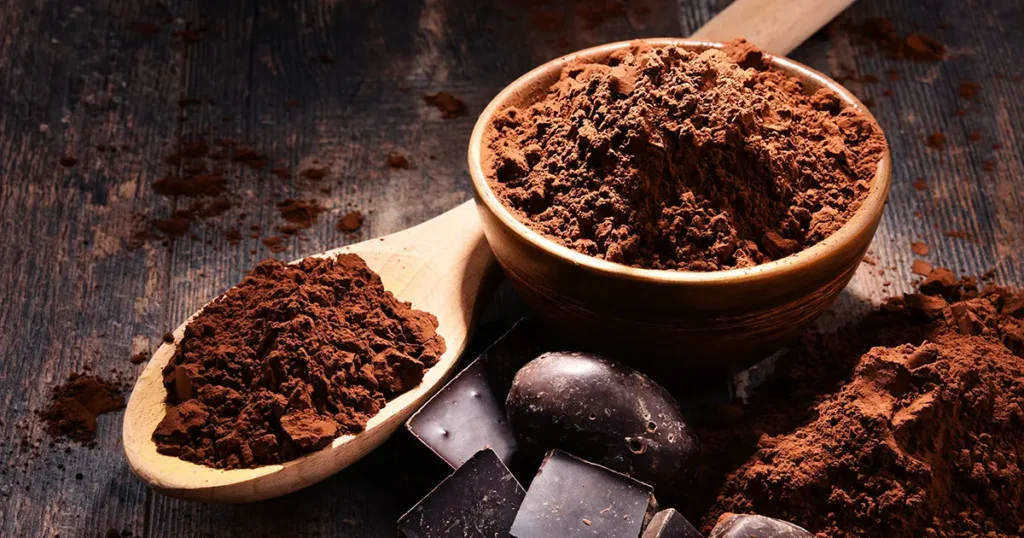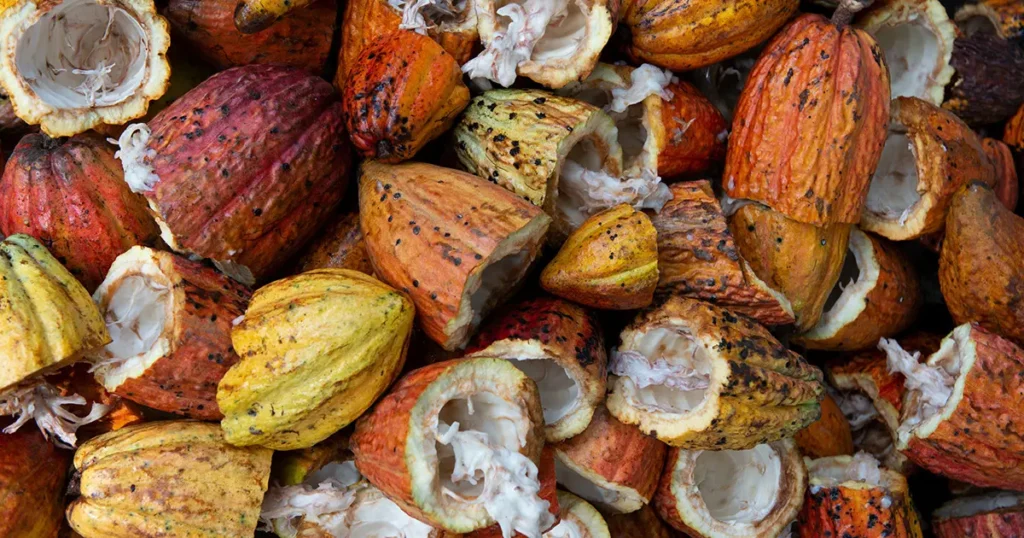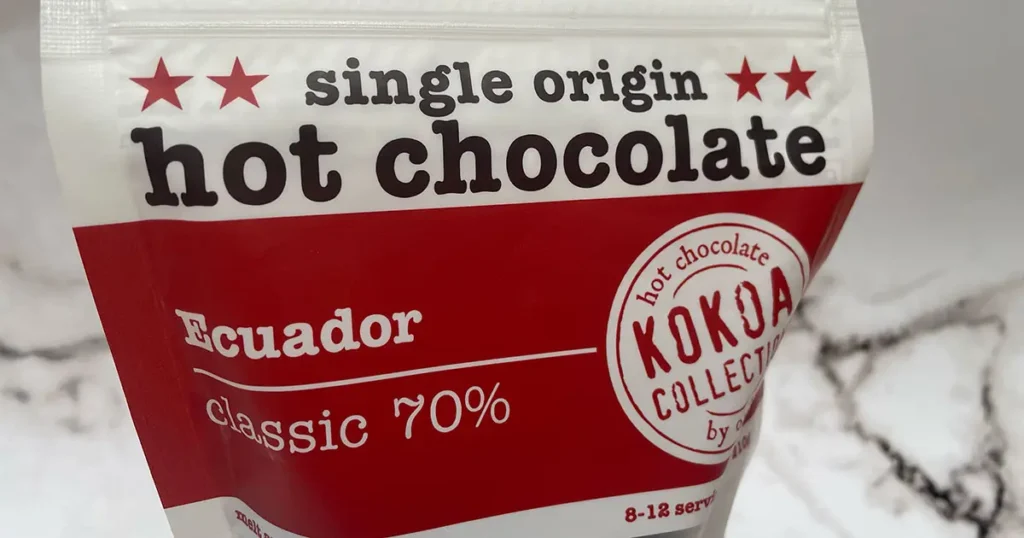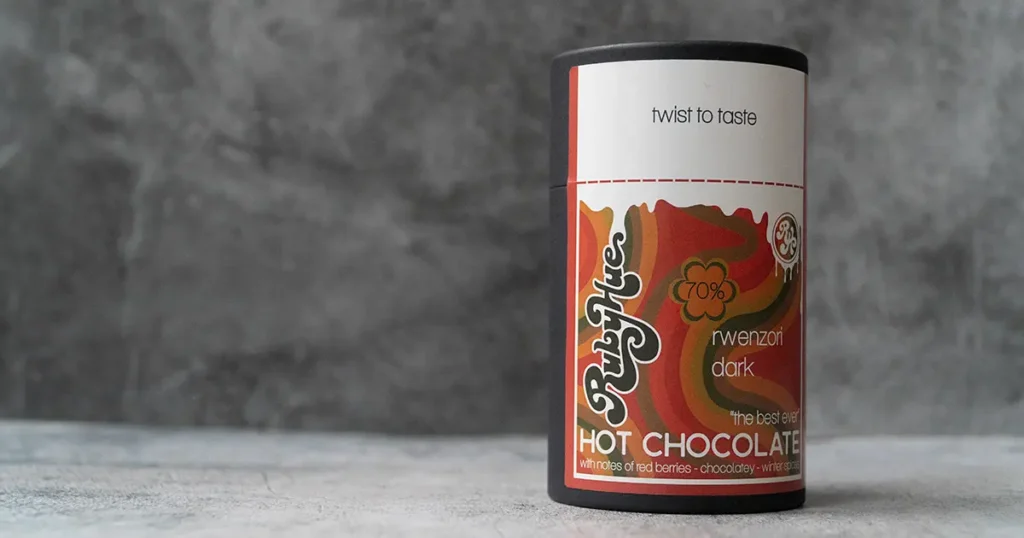Today, we’re looking into a deliciously creamy aspect of making the perfect cup of hot chocolate: milk frothing. Whether you’re a hot chocolate connoisseur or just starting out, understanding the best milk for frothing can elevate your hot chocolate experience to new heights. Let’s get frothy!
Introduction to Milk Frothing
Welcome to the creamy, dreamy world of milk frothing, a key ingredient in crafting the perfect cup of hot chocolate.
At “Hot Chocolate World”, we believe that a good froth can transform a simple hot chocolate into a luxurious treat. But what exactly is milk frothing, and why does it hold such a special place in the heart of every hot chocolate enthusiast?
What is Milk Frothing?
Milk frothing is the art of aerating milk, creating a light, creamy foam that adds texture and body to your drink.
When you froth milk, you’re incorporating air into it, causing the milk to become lighter and increase in volume.
This process not only changes the physical appearance of the milk but also enhances its taste, making it sweeter and richer.
Does a Good Froth Affect Hot Chocolate?
But why does froth matter so much, especially in hot chocolate?
The answer lies in the sensory experience. A well-frothed milk can elevate your hot chocolate from a mere beverage to a gourmet experience.
The froth adds a velvety layer that contrasts beautifully with the rich, chocolatey liquid beneath. It’s not just about taste; it’s about creating a multi-dimensional experience that engages all your senses.
Moreover, frothing milk is not just a skill but an art. It requires understanding the right temperature, the type of milk, and the frothing technique to achieve that perfect consistency.
Whether using a manual frother, an electric one, or even a simple whisk, the right frothing technique can make all the difference.
In the following sections, we’ll delve deeper into the types of milk that are best for frothing, the science behind it, and how you can master this art to make your hot chocolate sessions more delightful.
The Science Behind Milk Frothing

Diving into the science behind milk frothing not only satisfies our curiosity but also enhances our skill in making that perfect cup of hot chocolate.
Understanding what happens to milk when it’s frothed is crucial for any hot chocolate aficionado. So, let’s put on our scientist hats and explore the fascinating world of milk frothing!
The Transformation Process
Milk frothing is more than just creating bubbles; it’s a transformative process.
When you froth milk, you’re introducing air into it, which interacts with the milk’s natural components – proteins, fats, and sugars. This interaction changes the milk’s texture, volume, and taste.
Role of Milk Proteins
Proteins in milk, mainly casein and whey, play a pivotal role in frothing.
During frothing, these proteins unfold and form a network around the air bubbles.
This network is what stabilises the foam, giving it structure and longevity. The right balance of proteins is essential for creating a stable and creamy froth.
Impact of Fats
Fats in milk also contribute to the frothing process, but their role is a bit more complex.
While fat can add creaminess to the foam, too much of it can inhibit the formation of a stable foam.
The Sweetness Factor
As for the sugars, primarily lactose, they don’t directly contribute to the frothing process.
However, when milk is heated for frothing, lactose undergoes a slight caramelisation, enhancing the milk’s natural sweetness. This subtle change in flavour complements the chocolatey notes of hot chocolate beautifully.
Temperature’s Role
Temperature is another critical factor in milk frothing.
Milk should be heated to the right temperature (usually around 60-65°C) for optimal frothing.
Too hot, and the proteins can become too rigid, leading to a stiff foam. Too cold, and the foam won’t hold its structure well.
The Perfect Froth
Achieving the perfect froth is about finding the right balance between these elements.
It’s about understanding how the proteins, fats, and sugars in milk interact with each other and with the air being incorporated. It’s a delicate dance of chemistry and physics that results in that luscious, creamy topping we all love on our hot chocolate.
Types of Milk for Frothing

When it comes to frothing milk for hot chocolate, not all milks are created equal.
Each type of milk brings its unique characteristics to the frothing process, affecting the texture, taste, and overall experience of your hot chocolate.
Let’s explore the different types of milk and how they perform in the art of frothing.
Whole Milk: The Creamy Classic
- Texture and Froth Quality: Whole milk is often the go-to choice for frothing due to its rich fat content, which lends a creamy, luxurious texture to the froth.
- Flavour Profile: It has a naturally sweet and full-bodied flavour, enhancing the chocolatey notes of hot chocolate.
- Frothing Tips: Froth at around 60-65°C for optimal texture and stability.
Skimmed Milk: The Lighter Option
- Texture and Froth Quality: Skimmed milk, with its lower fat content, produces a lighter and more voluminous froth but with less creaminess compared to whole milk.
- Flavour Profile: It has a less pronounced sweetness, making it a good option for those who prefer a less rich hot chocolate.
- Frothing Tips: Be careful not to overheat, as skimmed milk froth can become unstable at higher temperatures.
Plant-Based Alternatives: Dairy-Free Frothing
- Almond Milk: Offers a nutty flavour and decent frothing capabilities, though the froth may not be as rich or stable as dairy milk.
- Soy Milk: Known for its good frothing properties, soy milk can create a creamy, stable froth, making it a popular dairy-free option.
- Oat Milk: Gaining popularity for its environmental sustainability, oat milk froths well and has a naturally sweet, creamy texture that complements hot chocolate.
Comparative Overview
| Type of Milk | Froth Quality | Flavour Profile | Best For |
|---|---|---|---|
| Whole Milk | Creamy and rich | Sweet and full-bodied | Classic hot chocolate lovers |
| Skimmed Milk | Light and airy | Less sweet | Those preferring a lighter drink |
| Almond Milk | Moderate froth | Nutty | Nut-flavour enthusiasts |
| Soy Milk | Creamy and stable | Neutral | Dairy-free with a creamy texture |
| Oat Milk | Creamy and sweet | Sweet and mild | Eco-conscious consumers |
Personal Experience and Recommendations
As someone who’s been drinking and enjoying hot chocolates for a long time, I’ve experimented with various milks over the years.
Whole milk remains a favourite for many for its unmatched creaminess and flavour. However, for a lighter version, skimmed milk is a great choice.
Among plant-based options, oat milk stands out for its environmental benefits and delightful sweetness, making it a fantastic alternative for dairy-free frothing and is my personal favourite.
Best Practices for Frothing Milk

Achieving the perfect froth for your hot chocolate is an art that requires a bit of science and a touch of finesse.
Whether you’re using dairy or plant-based milk, following these best practices will help you create a delightful froth every time.
Understanding the Ideal Temperature
- Optimal Heat Range: The ideal temperature for frothing milk is typically between 60°C and 65°C. This range is crucial as it allows the milk proteins to unfold and trap air without becoming too rigid or scalded.
- Using a Thermometer: For precision, use a kitchen thermometer. Heating the milk to the right temperature ensures the perfect balance between foam stability and flavour.
Choosing the Right Frothing Tool
- Manual Frothers: Great for control and feel, manual frothers like hand pumps or whisks can produce excellent results with a bit of practice.
- Electric Frothers and Steam Wands: For consistency and ease, electric frothers or espresso machine steam wands are ideal. They can create a fine, velvety foam that’s hard to achieve manually.
Frothing Technique
- Incorporating Air: Start by introducing air into the milk. For steam wands, keep the tip near the surface at the beginning to create microfoam.
- Creating the Vortex: Once you’ve got some foam, submerge the frother or steam wand to create a swirling vortex. This helps distribute the air evenly, breaking down larger bubbles into creamy microfoam.
Avoiding Common Frothing Mistakes
- Overheating the Milk: This can lead to a burnt taste and diminish the quality of the froth. Always monitor the temperature.
- Under-aerating: Not incorporating enough air at the start can lead to flat, lifeless froth. Ensure you aerate sufficiently before creating the vortex.
- Over-aerating: Too much air can create stiff, dry foam, unsuitable for hot chocolate. Aim for a silky texture.
Cleaning and Maintenance
- Post-Use Cleaning: Always clean your frothing tool immediately after use to prevent milk residue build-up.
- Regular Maintenance: For electric frothers and steam wands, follow manufacturer guidelines for deep cleaning and descaling to maintain optimal performance.
Practice Makes Perfect
- Experimentation: Don’t be afraid to experiment with different milks, temperatures, and frothing techniques. Each variable can change the outcome, and finding your perfect method is part of the fun.
- Patience and Practice: Achieving the perfect froth can take practice. Be patient and enjoy the learning process.
By following these best practices, you’ll be well on your way to creating a beautifully frothed milk that can elevate your hot chocolate experience.
Remember, the key to great frothing is understanding the behaviour of milk under heat and air, and mastering the technique through practice. Happy frothing!
Enhancing Your Hot Chocolate with the Right Froth
The froth on your hot chocolate isn’t just a luxurious topping; it’s an integral part of the sensory experience.
As we’ve already discussed, the right froth can transform your hot chocolate from a simple beverage to a gourmet delight.
Let’s explore how to enhance your hot chocolate with the perfect froth, considering the type of chocolate and personal preferences.
Pairing Milk Froth with Chocolate Types
- Dark Chocolate Hot Chocolate: For the intense flavours of dark chocolate, a creamy, dense froth from whole milk complements its richness without overpowering it.
- Milk Chocolate Hot Chocolate: A lighter, airier froth, perhaps from skimmed milk, balances the sweetness of milk chocolate, adding texture without excessive richness.
- White Chocolate Hot Chocolate: The subtle, creamy notes of white chocolate pair well with the velvety froth of oat milk, adding a hint of sweetness and a smooth texture.
Recipe Ideas Using Different Frothed Milks
- Classic Creamy Hot Chocolate: Use whole milk froth for a traditional, indulgent hot chocolate. The rich froth blends seamlessly with the chocolate for a velvety mouthfeel.
- Light and Frothy Hot Chocolate: Skimmed milk froth is perfect for a lighter version. It offers a fluffy texture that contrasts delightfully with the chocolate.
- Vegan Hot Chocolate Delight: For a dairy-free option, soy or almond milk froth works wonderfully. These create a creamy topping that’s both delicious and vegan-friendly.
Tips for Perfect Froth Integration
- Temperature Balance: Ensure your hot chocolate is at the right temperature to blend well with the froth without causing it to dissipate too quickly.
- Gentle Pouring: Pour the froth gently over the hot chocolate to create a distinct layer. Use a spoon if needed to control the flow.
- Final Stir: For a more integrated experience, give the hot chocolate a gentle stir after adding the froth, combining the layers slightly while maintaining the froth’s integrity.
Customising Your Froth
- Sweetness and Flavourings: Depending on your taste, you can add sweeteners or flavourings like vanilla or cinnamon to the milk before frothing, enhancing both the froth and the overall drink.
- Froth Art: If you’re feeling artistic, try your hand at froth art. Simple designs can make your hot chocolate visually appealing and even more enjoyable.
By carefully selecting and preparing your milk froth, you can significantly enhance the flavour, texture, and overall enjoyment of your hot chocolate.
So, experiment with different milks and frothing techniques to discover your perfect hot chocolate combination!
Conclusion: Finding Your Frothy Favourite
As we come to the end of our exploration of froth, it’s clear that the journey to finding your perfect hot chocolate froth is as rich and varied as the drink itself.
Whether you’re a fan of the classic creaminess of whole milk, the lightness of skimmed milk, or the unique flavours of plant-based alternatives, there’s a froth for every preference.
Remember, the journey to finding your frothy favourite is as delightful as the destination.
So, keep experimenting, keep tasting, and let every cup of hot chocolate be a celebration of your taste and style.






